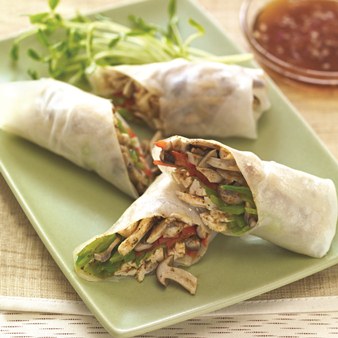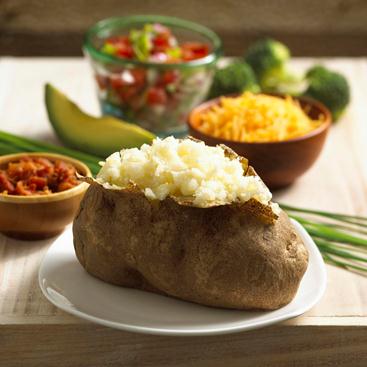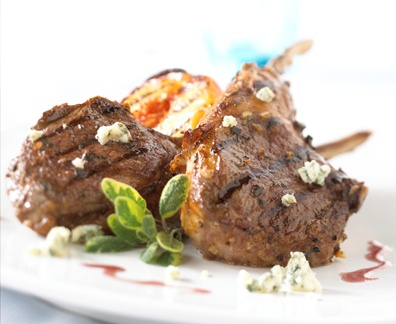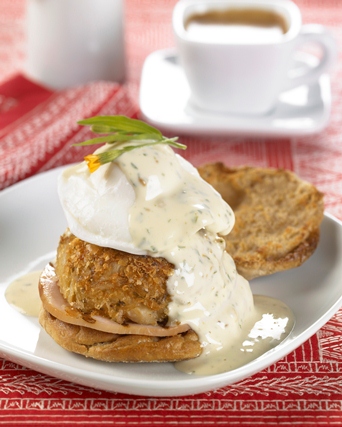Champiñones and Healthy Eating
Monday, 31 January 2011 18:47Courtesy of The Mushroom Council
 Mushrooms are the hidden treasure of healthy Hispanic dishes.
Mushrooms are the hidden treasure of healthy Hispanic dishes.
Mushrooms are an authentic part of Mexican and other Hispanic cuisines. Meatless options are not just a niche target anymore. More and more diners, no matter what cuisine they are enjoying, are turning toward healthier options. Because of the meatiness and umami of mushrooms, they can help make a meatless dish more satisfying as well as combine with meat or seafood to reduce costs, calories and fat and increase craveability.
From Tex-Mex to Hot-Mex to Healthy Mex
So, how do you make Mexican food healthy? One of the best ways is to use a food that has been an important, integral, authentic part of Mexican heritage since the pre-Spanish days: mushrooms. According to Spanish chronicles, the Aztecs used mushrooms for their meaty texture and versatility and because they were ideal for stews, tamale and taco fillings, moles and other traditional foods. In Mexico, portobellos, cremini, oysters and white buttons are traditions in the states of Mexico, Puebla, Tlaxcala, Sierra de Oaxaca, Chiapas and Veracruz.

 Ever-evolving mindsets drive new flavor pairings for foodservice professionals now and for years to come.
Ever-evolving mindsets drive new flavor pairings for foodservice professionals now and for years to come. A recent study confirms that potatoes do not contribute to weight gain.
A recent study confirms that potatoes do not contribute to weight gain. Just when we finally had our mouths wrapped around the fifth taste sense of umami, a newly discovered sixth taste, kokumi, emerges. How will this affect our teaching of flavor development?
Just when we finally had our mouths wrapped around the fifth taste sense of umami, a newly discovered sixth taste, kokumi, emerges. How will this affect our teaching of flavor development? Restaurants need students who can not only create and reproduce quality independent sauces (cold and hot), but also know how to use them properly.
Restaurants need students who can not only create and reproduce quality independent sauces (cold and hot), but also know how to use them properly.